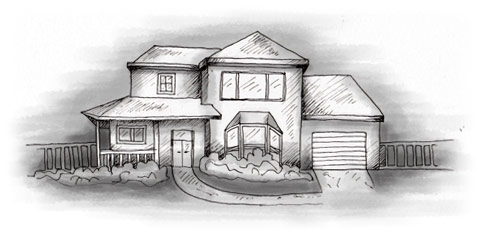Since the end of the civil war in 2009 the Sri Lankan property market has developed very well. The huge growth in construction, housing and property sales has triggered a continual increase in property prices however.
The high presence of the state within the property sector might be unusual for prospective buyers. The Urban Development Authority (UDA) often gives its houses to local and foreign investors according to their interests.
Units of measurement
The main measurement unit in Sri Lanka is a perch. One perch equals 25 square metres. In Sri Lanka’s largest city, Colombo, you are generally only allowed to build on your land if it measures more than six perches. Therefore smaller units are much cheaper but most of the time you do not get permission to build on it. So inform yourself before purchasing land for building.
Moreover there is a distinction between divided and undivided land. There are some exceptions but to make it short: Foreigners are usually not allowed to built on undivided land so be careful and do not waste your money on that as some sellers will try to fool you.
Property taxation
A huge problem for foreigners who want to purchase property in Sri Lanka is the taxation. It is never less than 100% of the property value. An alternative to avoid this, is leasing. Foreigners may be able to lease property for up to 99 years. In this case the tax reduces to 7% of its value.
In any case you should engage a lawyer when buying property in Sri Lanka, especially one who is independent from all parties. Do not agree if the estate agent or seller are recommending a lawyer since they will likely act more on their behalf.

